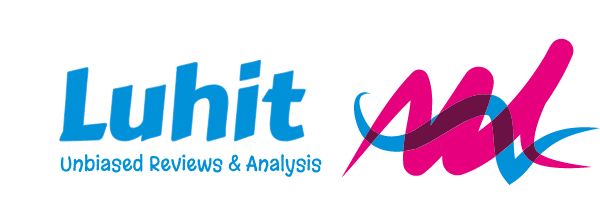With Apple moving to Intel i386 platform, running Windows OS on a Macintosh is now a realistic situation. A number of readers have come back with the question on how to share files across Mac OSX and Windows OS installed on their Mac-Intel System. Actually, with Parallels its quite easy.At moment there are top options of running Windows on Mac-Intels
- Virtualization – Parallels or iEmulator
- Boot Camp – This is from Apple that allows dual boot of OSX Tiger and Windows XP Sp2.
Read related posts on Boot Camp, Parallels and CrossOver Wine for Mac :
- CrossOver Mac, comparison of Parallels, BootCamp & CrossOver.
- Discusses when you would want to use Parallels, and when Boot Camp.
Now to the main agenda for this article, how to share files across Windows & Mac ? Again there are two ways suing SMB file share or using Parallels toolsSharing using Parallels ToolsThe Parallels installer for Mac ships with a tool called “Parallels Tool for Windows”. This allows you to share file systems with the Native HFS+ Mac partition, share clipboard, keyboard, mouse etc. This is what you need to do after you have installed Windows XP on your Mac-Intel using Parallels:
- Start Parallels, select the Windows XP installation from Menubar->File->OpenRecent. This will open up a window like this

- From the window above click on the Edit Button, now when the configuration window opens select the sharing option where add you OSX folder you would want to share
Click on Image to Expand
- Now start the Windows XP
- After logging into your XP account, go back to the OSX Tiger Menu bar for Parallels. Here click on the Menubar->VM->Install Parallels Tool menu item. This will start the parallels tool installation.
After the parallels tools are installed you will notice a desktop shortcut on your Windows called Parallels Shared folders, and a icon on your system tray for parallels. Click on the desktop shortcut to view, edit or add files on the HFS+ folder you had shared.
![]()
Sharing using SMB shareSMB protocol is used by Windows to share folders over network. Since OSX Tiger and Windows are running concurrently and two operating systems with individual IP addresses, files can be shared using SMB protocol. If you are not already familiar with SMB share this is what you need to do .Share OSX Folders using SMB
- Open System Preference fro your OSX Tiger Dock.
- Click on the icon labeled Sharing, from the configuration Pane the open up enable Windows Sharing and then enable Windows File Share in the firewall tab in the same view.

Share Windows Folder using SMB
- On Windows Explorer right click on any folder you want to share which will open up a context menu.
- Click on the “Sharing and Security”
- From the dialog box that open up, click on share this folder check box (if you are doing this for the firest time you will need to click on the network setup hyper lin on this dialog).
With this you setup is complete. So how to you access the shared folders ?On Windows : Type \your-mac-name on the address bar of windows explorer or go to network neighborhood of your windows system.On Mac : On the menu bar for Finder select Go->Network to see the list of SMB enabled system in your network. Here click on the name of the Windows virtual machine you are running.ConclusionOf the two methods – SMB or Parallels Tools either of them can be used for file sharing. Choose the one you like best or use both.technorati tags:mac, parallels, file-sharing, windows, smb

